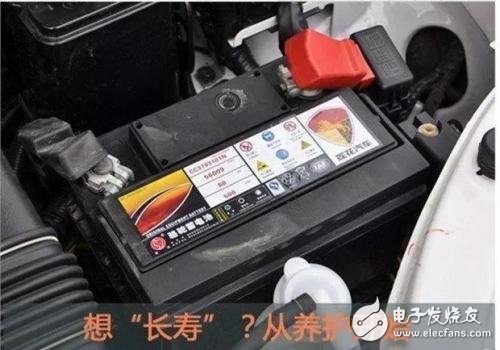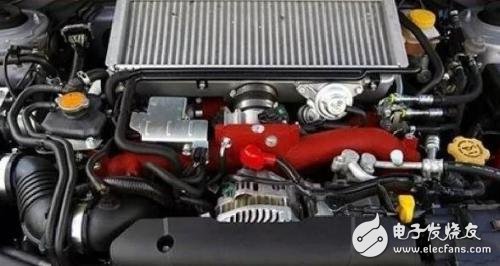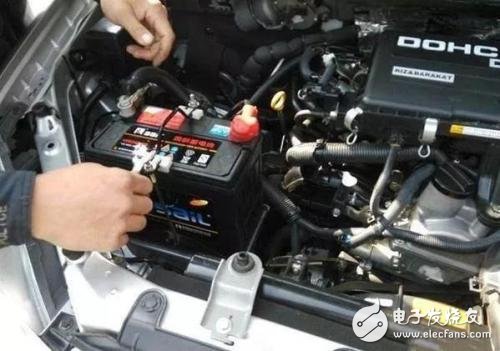Car batteries are definitely very important for us to drive. Many Chongqing owners have not known how to charge car batteries until now, and if the car battery is not powered, it will directly affect our normal use. Car battery charging experience, for everyone to make a reference.

Regular Recharge of the Car Battery:
1. First, adjust the liquid level of the battery to the recommended height using distilled water or special replenishing liquid designed for batteries. This helps maintain optimal performance and prevents damage.
2. Before charging, connect the battery to the charging device according to its rated voltage and current. Ensure that the total voltage of the connected batteries does not exceed the rated voltage of the charger.
3. For constant current charging, select a charging current based on the battery’s capacity. It’s usually done in two stages: the first stage uses 1/10 of the battery’s rated capacity, and the second stage uses 1/20 of the rated capacity. This ensures a safe and effective charge.
4. After the battery is fully charged, check the electrolyte density. If it doesn’t meet the required standards, you may need to replace or adjust the electrolyte. If the density is too low, add concentrated electrolyte; if it's too high, dilute it with distilled water. Always ensure the liquid level is within the specified range.

How to Use Car Batteries Properly:
1. Develop good electrical habits inside the car. Avoid using the radio, charging phones, or operating other devices when the engine is off. These actions can drain the battery quickly, reducing its lifespan.
2. Drive at higher speeds regularly. Not only does this help clean carbon deposits from the engine, but it also allows the battery to recharge efficiently. Driving for more than an hour at a steady speed can fully charge the battery and keep it in top condition.
3. Avoid leaving the car unused for long periods. If the vehicle won’t be used for 20 days or more, disconnect the battery or take it for a short drive every two weeks to maintain its charge.
4. Be cautious about connecting high-power devices directly to the battery. Devices like car refrigerators or vacuum cleaners can draw a large amount of power instantly. Instead, start the engine first before connecting any high-power equipment to protect the battery.

Car Battery Maintenance Tips:
1. Avoid frequent starting of the vehicle. In cold weather, some drivers may try to start the car multiple times if it doesn't start immediately. However, each start should not exceed 3 seconds. Wait at least 5 seconds between attempts to avoid over-discharging the battery.
2. Be aware of early signs of a weak battery. As batteries age, they may show symptoms like difficulty starting, or a sudden loss of power. If your battery is around 2.5 years old, have it checked during routine maintenance. Also, forgetting to turn off lights while parked can drain the battery overnight. If this happens, try recharging it, or consider replacing it if necessary.
3. Turn off the air conditioner before turning off the engine. Many people leave the AC on, which can cause the system to restart automatically when the car is turned on again. This increases the load on the battery and can lead to long-term damage.
By following these tips, you can extend the life of your car battery and ensure it performs reliably under all conditions. Regular maintenance and smart usage are key to keeping your vehicle running smoothly.
Leakage protector, also known as leakage switch, is a new type of electrical safety device, mainly used for:
(1) Prevent electric shock accidents caused by electrical equipment and electrical circuit leakage;
(2) Preventing single-phase electric shock accidents during electricity use
(3) Timely cut off single-phase grounding faults in the operation of electrical equipment to prevent fire accidents caused by leakage
(4) With the improvement of people's living standards and the continuous increase of household appliances, personal electric shock and fire accidents caused by defects, improper use, and inadequate safety measures of electrical equipment in the process of using electricity have brought undue damage to people's lives and property. The emergence of leakage protectors provides reliable and effective technical means for preventing various accidents, timely cutting off power, and protecting equipment and personal safety.
The leakage protector should meet the following technical requirements
(1) The sensitivity of electric shock protection should be correct and reasonable, and the starting current should generally be within the range of 15-30 milliamperes
(2) The action time of electric shock protection should generally not exceed 0.1 seconds
(3) The protector should be equipped with necessary monitoring equipment to prevent it from losing its protective effect when the operating state changes. For example, for voltage type electric shock protectors, a neutral grounding device should be installed.
ZHEJIANG QIANNA ELECTRIC CO.,LTD , https://www.traner-elec.com
